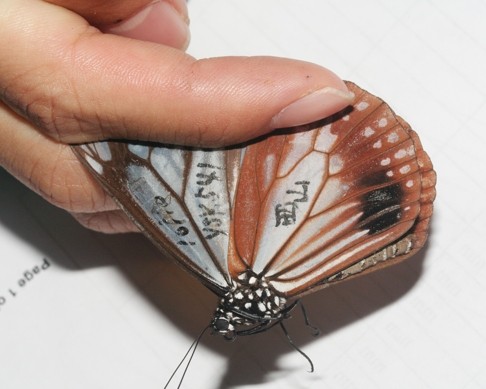
Star attractions among the 200 butterfly species visible at Tai Po reserve
From giant with 16cm wingspan to much smaller cousins, Fung Yuen reserve sees an astonishing diversity of butterflies
Given its small size, Hong Kong has an astonishing diversity of butterflies, which play an important ecological role because of their close interdependence with plants. According to the Agriculture, Fisheries and Conservation Department, Hong Kong has a checklist of 236 species, accounting for about 11 per cent of all Chinese butterfly species. Macau, by comparison, has only 85 species.

These are the largest local butterflies and the only insects in Hong Kong protected by law. Their wingspan can extend up to an impressive 16cm and they lay their eggs only on the India birthwort plant.
See also Photos: Rare butterfly species in HK
Though much smaller, with a maximum wingspan of 4cm, the rare white dragontail is equally precious and beautiful, and is protected by law in China. There is a dedicated white dragontail garden at Fung Yuen and it is not unusual to see these unique black-and-white insects, with their distinctive extended tails, hovering with rapid wing movement like dragonflies. The tips of their forewings are transparent and they manoeuvre forwards and backwards with apparent ease.

Volunteers noticed a curious scientific marking on the butterfly’s wings which, on closer investigation, revealed this butterfly had migrated more than 2,200km from Osaka in Japan, where it had been seen 83 days earlier. Scientists are still seeking to fully explain the migration habits of these amazing long-haul international visitors, and it is still a mystery where they go after they leave Hong Kong.

